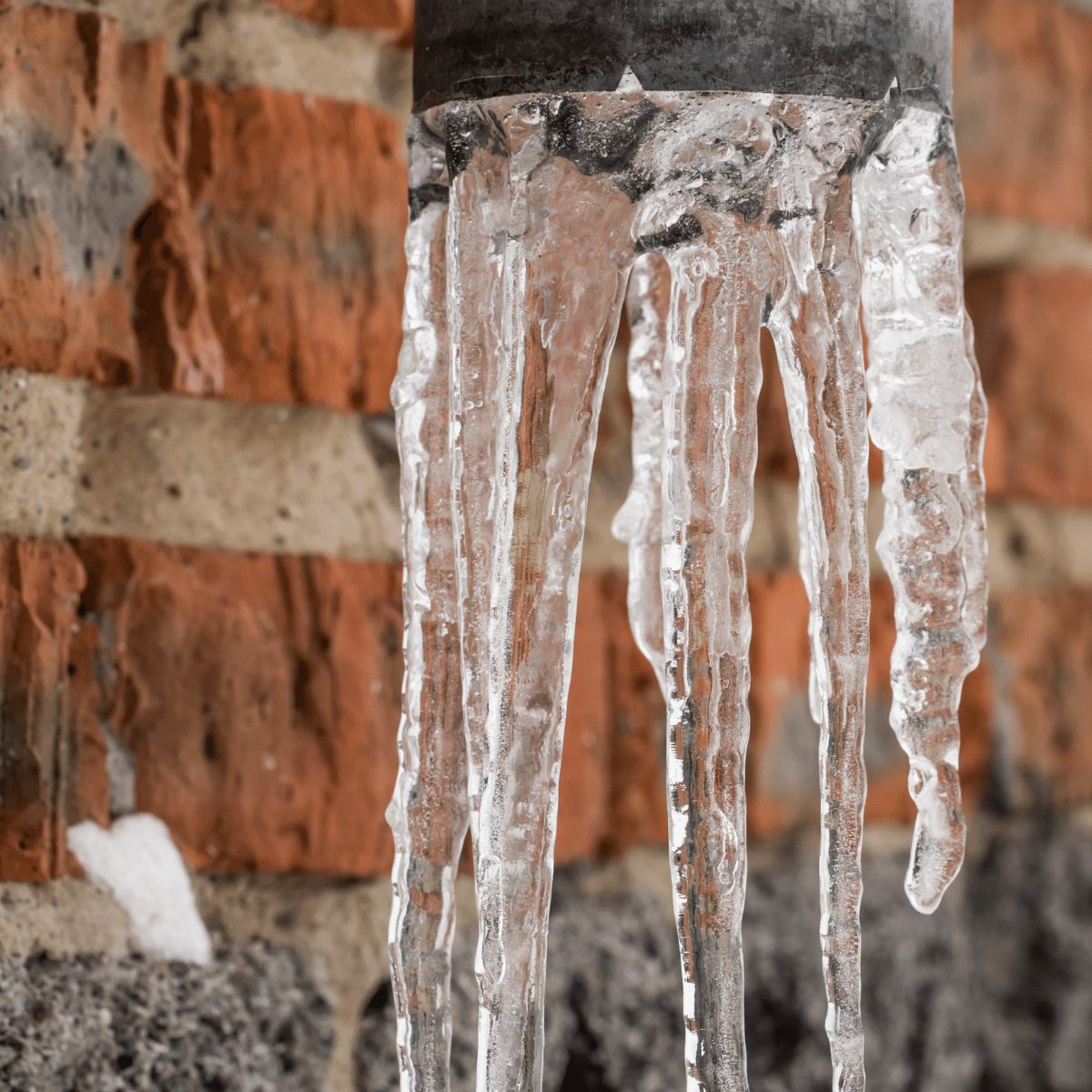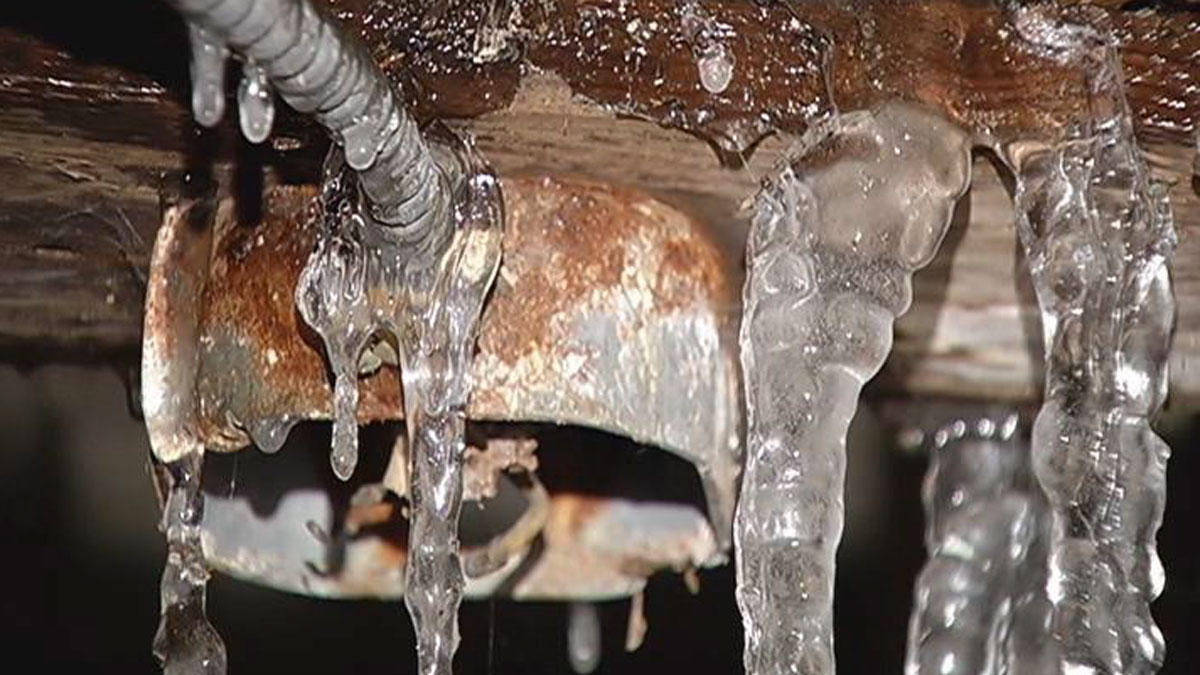The writer is making a few great annotation relating to Winter Plumbing Precautions: Preventing Frozen Pipes as a whole in this great article down the page.

Winter can damage your plumbing, specifically by freezing pipes. Below's exactly how to prevent it from occurring and what to do if it does.
Intro
As temperatures decrease, the risk of frozen pipelines increases, possibly resulting in pricey repair work and water damages. Understanding just how to prevent frozen pipelines is essential for house owners in cool climates.
Prevention Tips
Shielding at risk pipes
Wrap pipelines in insulation sleeves or make use of heat tape to secure them from freezing temperature levels. Concentrate on pipelines in unheated or exterior areas of the home.
Heating methods
Keep interior areas appropriately heated, especially areas with plumbing. Open cabinet doors to allow warm air to flow around pipelines under sinks.
Just how to recognize icy pipes
Search for reduced water flow from faucets, unusual odors or noises from pipes, and visible frost on revealed pipelines.
Long-Term Solutions
Architectural modifications
Take into consideration rerouting pipelines away from exterior wall surfaces or unheated locations. Include additional insulation to attics, cellars, and crawl spaces.
Upgrading insulation
Buy high-grade insulation for pipelines, attics, and wall surfaces. Proper insulation aids maintain regular temperatures and lowers the danger of icy pipes.
Shielding Outside Pipes
Garden pipes and outdoor taps
Disconnect and drain pipes yard hose pipes prior to winter. Set up frost-proof faucets or cover exterior faucets with protected caps.
Recognizing Frozen Pipes
What creates pipes to freeze?
Pipes ice up when revealed to temperature levels below 32 ° F (0 ° C) for extended periods. As water inside the pipelines ices up, it expands, putting pressure on the pipe wall surfaces and possibly creating them to break.
Threats and damages
Frozen pipelines can lead to supply of water interruptions, building damage, and expensive repairs. Burst pipelines can flooding homes and trigger substantial structural damage.
Indicators of Frozen Piping
Determining frozen pipes early can prevent them from breaking.
What to Do If Your Pipelines Freeze
Immediate actions to take
If you suspect icy pipes, keep taps available to relieve stress as the ice melts. Utilize a hairdryer or towels taken in warm water to thaw pipes gradually.
Conclusion
Protecting against frozen pipelines needs positive actions and quick actions. By comprehending the causes, indications, and safety nets, house owners can secure their pipes during winter.
Helpful Tips to Prevent Frozen Pipes this Winter
UNDERSTANDING THE BASICS: WHY PIPES FREEZE AND WHY IT’S A PROBLEM
Water freezing inside pipes is common during the winter months, but understanding why pipes freeze, and the potential problems it can cause is crucial in preventing such incidents. This section will delve into the basics of why pipes freeze and the associated problems that may arise.
THE SCIENCE BEHIND FROZEN PIPES
When water reaches freezing temperatures, it undergoes a physical transformation and solidifies into ice. This expansion of water as it freezes is the primary reason pipes can burst. As the water inside the pipe freezes, it expands, creating immense pressure on the walls. If the pressure becomes too great, the pipe can crack or rupture, leading to leaks and water damage.
FACTORS THAT CONTRIBUTE TO PIPE FREEZING
Low Temperatures: Extremely cold weather, especially below freezing, increases the risk of pipes freezing. Uninsulated or Poorly Insulated Pipes: Pipes located in unheated areas, such as basements, crawl spaces, or attics, are more prone to freezing. Insufficient insulation or lack of insulation altogether exacerbates the problem. Exterior Wall Exposure: Pipes running along exterior walls are susceptible to freezing as they encounter colder temperatures outside. Lack of Heating or Temperature Regulation: Inadequate heating or inconsistent temperature control in your home can contribute to frozen pipes. PROBLEMS CAUSED BY FROZEN PIPES
- Pipe Bursting: As mentioned earlier, the expansion of water as it freezes can cause pipes to burst, resulting in significant water damage.
- Water Damage: When pipes burst, it can lead to flooding and water damage to your property, including walls, ceilings, flooring, and personal belongings.
- Structural Damage: Prolonged exposure to water from burst pipes can compromise the structural integrity of your home, leading to costly repairs.
- Mold and Mildew Growth: Excess moisture from water damage can create a favorable environment for mold and mildew growth, posing health risks to occupants.
- Disrupted Water Supply: Frozen pipes can also result in a complete or partial loss of water supply until the issue is resolved.
WHY CERTAIN PIPES ARE MORE PRONE TO FREEZING
- Location: Pipes located in unheated or poorly insulated areas, such as basements, crawl spaces, attics, or exterior walls, are at higher risk of freezing.
- Exterior Pipes: Outdoor pipes, such as those used for irrigation or exposed plumbing, are particularly vulnerable to freezing as they are directly exposed to the elements.
- Supply Lines: Pipes that carry water from the main water supply into your home, including the main water line, are critical to protect as freezing in these lines can affect your entire plumbing system.
- Underground Pipes: Pipes buried underground, such as those connected to sprinkler systems or outdoor faucets, can be susceptible to freezing if not properly insulated.
https://busybusy.com/blog/helpful-tips-to-prevent-frozen-pipes-this-winter/

I'm very involved in Preventing and dealing with frozen pipes and I really hope you enjoyed the page. So long as you liked our post kindly consider to share it. Thanks so much for taking the time to read it.
Click Here